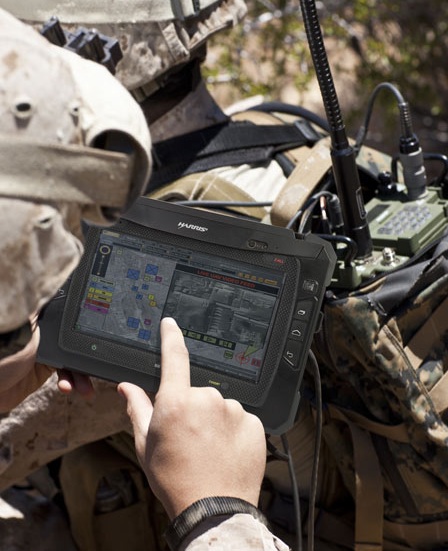DARPA is looking for non-contact ways of detecting IEDs hidden in mud or meat
Improvised explosive device (IED) experts at the U.S. Defense Advanced Research Projects Agency in Arlington, Va., are asking industry to develop non-contact ways to detect explosives hidden in opaque media with high water content such as mud, meat, and animal carcasses.
DARPA released a presolicitation (DARPA-BAA-13-01) for the Methods for Explosive Detection at Standoff (MEDS) program, which seeks to develop detection and imaging methods to find explosives embedded or packaged in mud or meat.
Because detection and imaging methods have not been developed or applied to this regime, DARPA scientists are interested in a proof-of-concept program with emphasis on demonstration. Development of instruments for deployment in operational environments are not part of this program.
The program seeks to develop methods that permit rapid detection of bulk explosives embedded within an opaque medium with high water content. This will preclude the use of trace detection methods and bulk methods where significant penetration into the medium is not possible, DARPA researchers say.
| See also
John Keller video “IED detection and persistent surveillance are some of last remaining defense opportunities“ |
In addition, the use of ionizing radiation, other than possible employment of backscatter technology, must be excluded because of health concerns to military personnel and civilians.
DARPA is interested in the recognition of abnormalities in complex high-water-content media that can be performed with no physical contact with the surface of the host medium.
DARPA experts are interested in technologies such as mixed modality mechanisms that use electromagnetic indicators and acoustic vibration, x-rays, and non-ionizing detection methods. Approaches that rely on x-rays with minimal ionizing radiation exposure may be of potential interest.
More information is online at https://www.fbo.gov/spg/ODA/DARPA/CMO/DARPA-BAA-13-01/listing.html.

